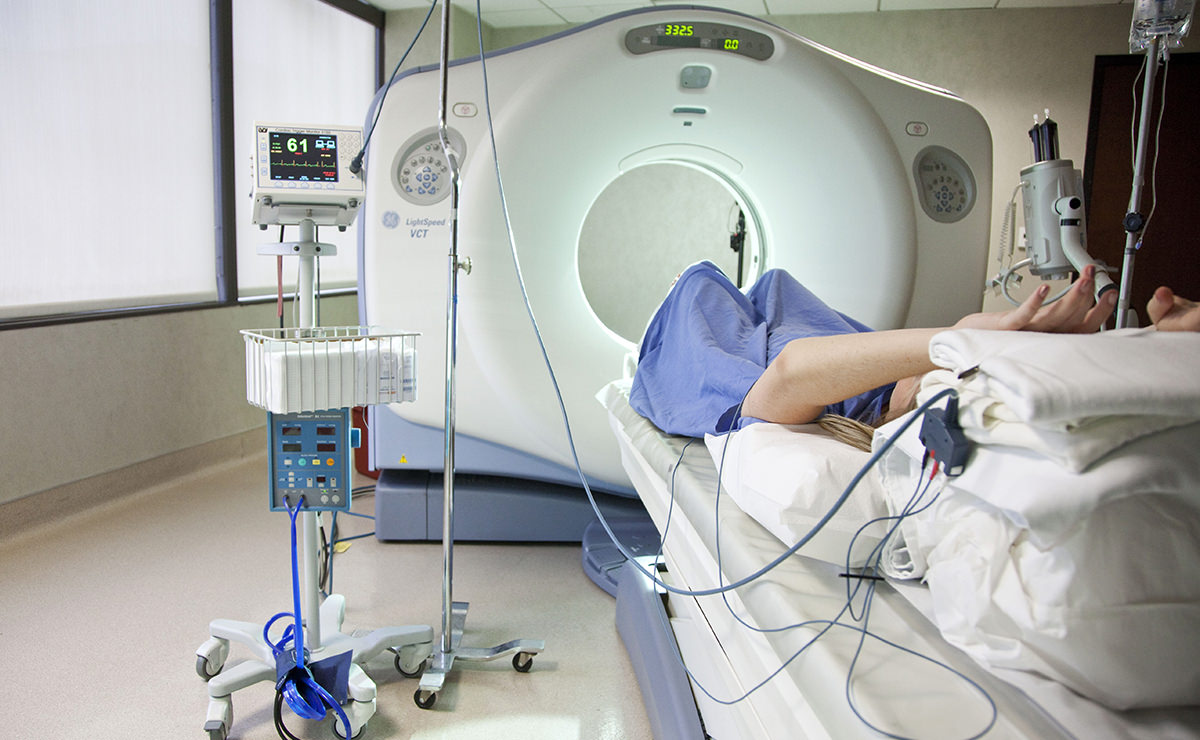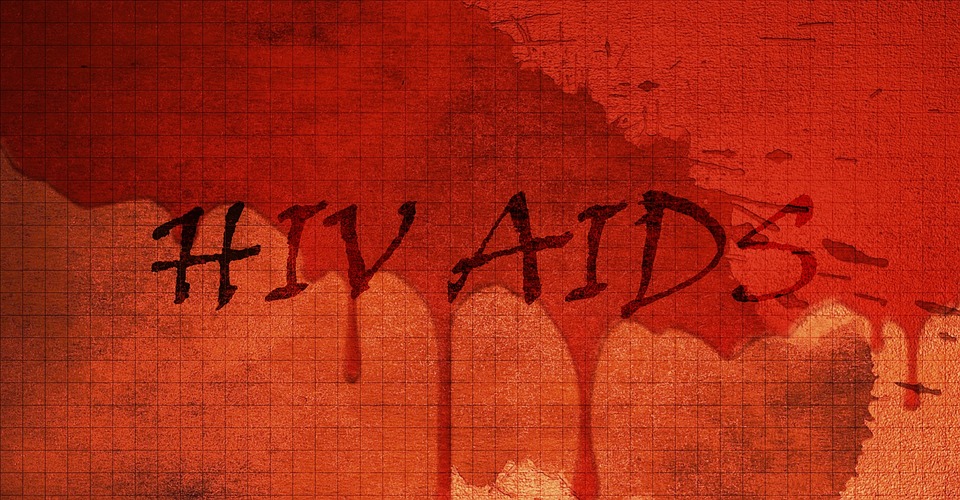Cardiologists make use of angiography, a kind of x-ray procedure to examine the heart and blood vessels in detail. The blood vessels do not appear clearly in an x-ray, therefore a dye is injected into the blood to spot any problems in the blood vessels. The images created during angiography are called angiograms. The angiograms help the doctor determine any blockages in the blood vessels that carry blood to the heart. These blockages may indicate problems in the heart. Many renowned hospitals offer surgery packages online. One may compare and book angiography procedure online as well.
Once the angiography procedure is suggested, the preparation for the surgery begins with reviewing the medical history (including any allergies) of the patient concerned. A physical examination is performed to check the vital signs, such as blood pressure and the pulse. In most cases, local anaesthesia is administered to the patients. Various types of medical equipment are used to monitor the patient during the procedure. The cardiologist will insert a catheter into the assigned area (arm or groin) and inject a small amount of dye through it. This dye can easily be seen on the x-ray images. The doctor will thereafter use these images to look for any blockage. The x-ray camera records the movement of the heart’s chambers and arteries. The angiography procedure may take an hour on an average. However, if the cardiologists feel the requirement of additional procedures such as balloon angioplasty or stent placement, more time may be taken.
After the procedure, the catheter is removed and the incision is closed through manual pressure or through a clamp. The patient is kept under observation in the recovery area and shifted to the room when the condition is stabilized. The patient may be advised to lie down for a couple of hours to avoid bleeding (in case if the catheter is inserted in the groin). The patient may be allowed to leave the same day or made to stay overnight. The doctor may advise not to do any strenuous activity for some days.
Angiography is performed at many multi-specialty hospitals across India. However, the cost may vary from one city to another. The angiography cost in Mumbai may also vary from one hospital to another.
Angiography is an extremely safe medical procedure and complications occur very rarely. However, there is a risk associated with any medical procedure, therefore if any of the following symptoms are noticed after the surgery, get immediate medical help:
- Bleeding or painful swelling at the catheter site.
- Any kind of weakness or numbness at the catheter site.
- Any kind of chest pain or discomfort/ pressure that is persistent or there is breathlessness.
- Fever after the procedure.
More serious complications may even result in cardiac arrest, stroke and in some cases even death. Any allergic reaction to iodine or other medicine should be reported to the doctor. If a patient is on any kind of medication at the time of surgery, same should be reported to the doctor, to avoid any complications.
Angioplasty is effective in assessing the heart’s health. There are many hospitals that offer this surgical procedure in Mumbai. If one is concerned about the cost of angioplasty in Mumbai, it is recommended to get in touch with a hospital for the same.





